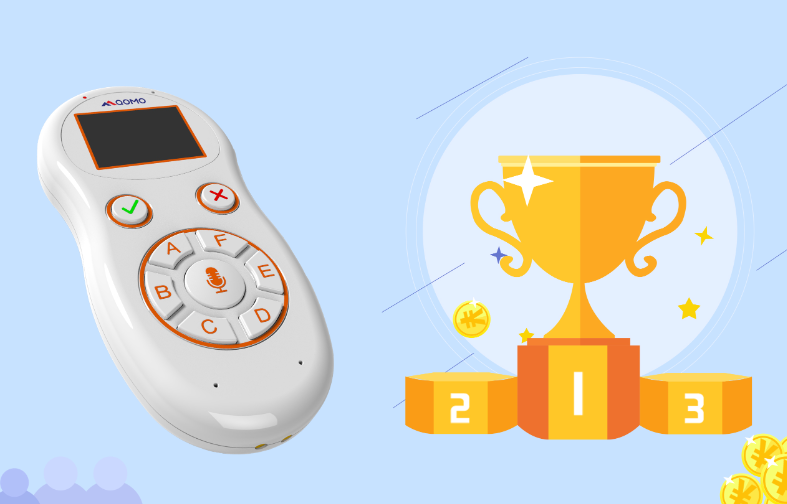One tool that has gained significant popularity in classrooms around the globe is the digital response system, also known as a mobile response system. By leveraging the capabilities of technology, this innovative tool engages students in real-time learning, creating a more interactive and dynamic educational experience.
A digital response system enables educators to pose questions to their students and receive immediate feedback. It consists of two fundamental components: a user-friendly interface for the instructor, and mobile devices, such as smartphones or tablets, for the students. The instructor uses the software to pose questions, and students respond using their devices, providing instant answers or opinions.
One of the key benefits of a digital response system is the ability to engage every student in the classroom actively. Traditionally, classroom discussions may be dominated by a few vocal students, while others may hesitate to participate or feel overwhelmed. With a digital response system, every student has the opportunity to contribute. The anonymity provided by the technology encourages even the shyest students to share their thoughts, fostering a more inclusive learning environment.
The real-time nature of the system also enables educators to gauge student understanding instantly. By receiving immediate feedback, instructors can adapt their teaching methods or address any misconceptions on the spot. Furthermore, the data collected from the digital response system can be used to identify trends or knowledge gaps, enabling educators to tailor their lessons accordingly.
Digital response systems offer a wide range of question types, including multiple-choice, true/false, and open-ended. This versatility allows educators to assess various levels of understanding and promote critical thinking skills. By incorporating higher-order thinking questions into their lessons, educators challenge students to think deeply and critically, encouraging them to analyze, evaluate, and synthesize information.
Additionally, digital response systems provide a gamified element to learning, making the educational experience more enjoyable and motivating for students. Many systems offer features such as leaderboards and rewards, adding a competitive aspect to the classroom. This gamification not only increases student engagement but also fosters a sense of achievement and accomplishment, driving students to actively participate and excel academically.
Moreover, a digital response system enhances classroom discussions and collaborative activities. It allows students to share their responses with their peers and engage in group discussions, promoting teamwork and communication skills. Instructors can display student responses anonymously on a shared screen, encouraging thoughtful debates and meaningful conversations.
Post time: Oct-20-2023




